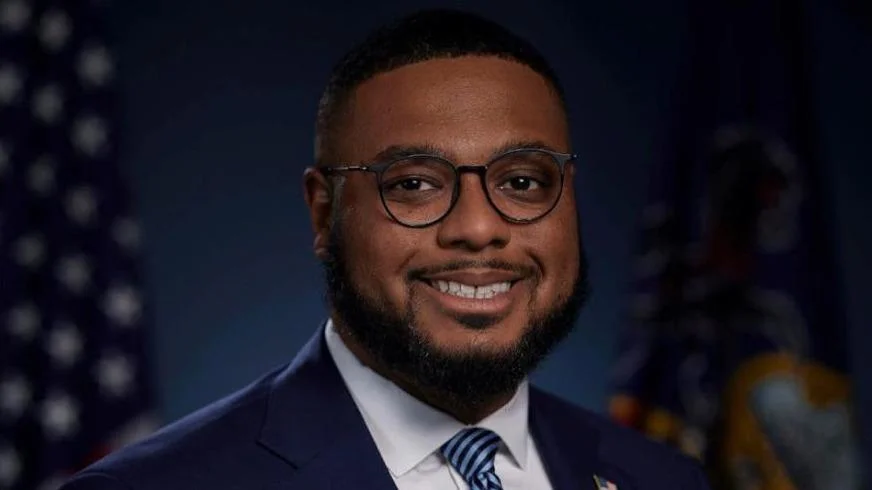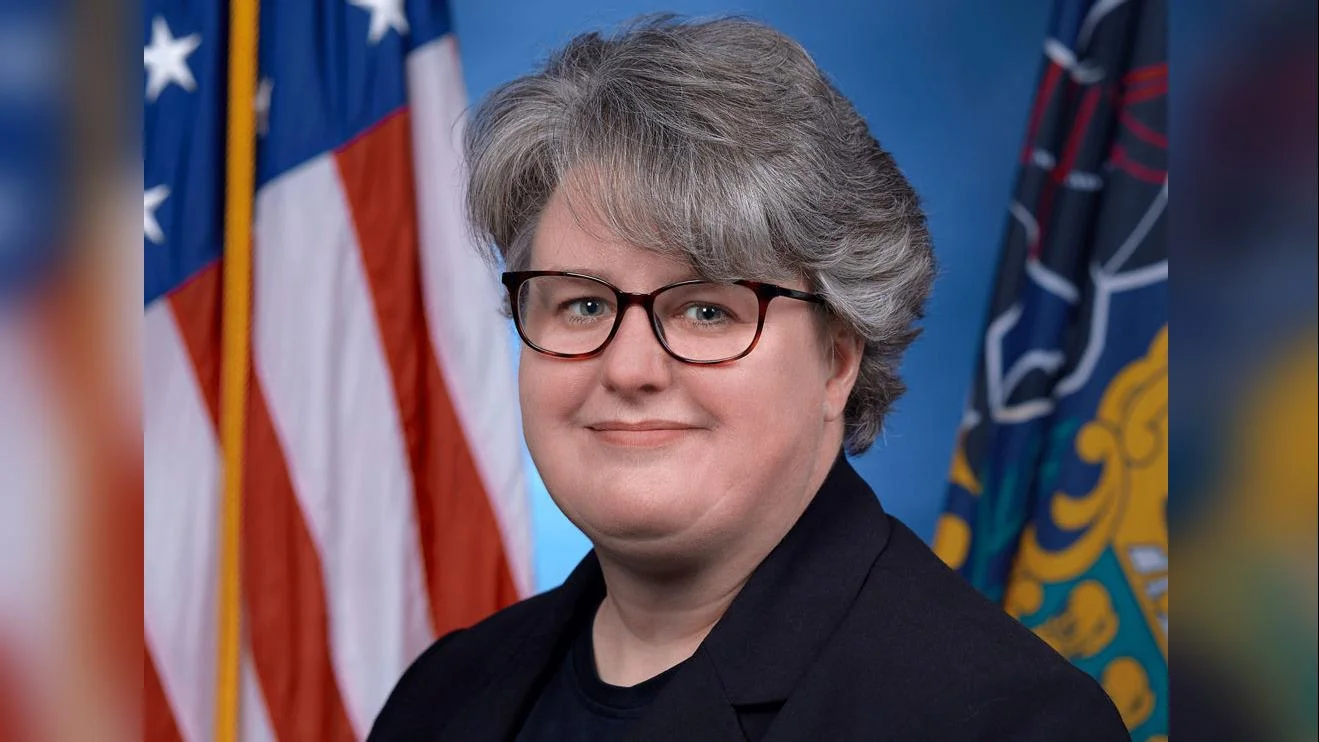
David R. Schuler, executive director at school superintendents association | AASA
School-based health and wellness services may face significant challenges following the passage of a federal budget bill that will reduce Medicaid spending by about $1 trillion. Families like Angela Reyes’ in Chicago, whose children rely on school-based therapeutic services reimbursed by Medicaid, are concerned about the future availability of these supports.
Medicaid is the fourth-largest federal funding source for schools, covering nearly 80 million Americans through Medicaid or the Children’s Health Insurance Plan (CHIP). In Chicago, Reyes’ children receive speech therapy at school for language disorders that affect their ability to learn to read. “They have had issues with being able to speak and being able to form words correctly so that people understand them,” she said.
Schools have increasingly become primary providers of physical and mental health services for eligible students. The recent budget changes raise concerns among district leaders and advocates. David R. Schuler, executive director of the school superintendents association, stated in a July media release that shifting more Medicaid costs onto states could result in “devastating downstream effects on public education funding” and “impossible tradeoffs — often at the expense of schools and the students they serve.”
A survey conducted by Healthy Schools Campaign found most district leaders expect reductions not only in school health staff and services but also across entire district budgets.
About half of U.S. children—roughly 38 million—are covered by Medicaid or CHIP, with many accessing care primarily at school. Jessie Mandle, national policy director for Healthy Schools Campaign, noted: “School can be a very powerful place for meeting students’ mental and behavioral health needs because [the children] are already in an environment where they’re comfortable.” She added that schools make healthcare more accessible for families who might otherwise struggle with transportation or scheduling.
The Centers for Medicare and Medicaid Services expanded its School Health Services program in 2014 to allow districts to bill for services provided to all Medicaid-enrolled children—not just those with documented disabilities under the Individuals with Disabilities in Education Act. This expansion has enabled schools to provide basic vision, dental, medical screenings, behavioral health support, mental health counseling, asthma management, diabetes care, and routine checkups.
“We’ve seen both red and blue states taking up this opportunity to use Medicaid dollars to sustain and increase vital services for students,” Mandle said. “As an organization, we’re really concerned that that progress is at risk.”
While direct cuts to school Medicaid were not specified in the new budget—which instead introduces work requirements for adult recipients—advocates worry about indirect impacts as overall federal support decreases over time.
“It’s a behemoth bill,” said Kelly Vaillancourt from the National Association of School Psychologists. Kate King from the National Association of School Nurses predicted fewer nurses would remain in schools as funding tightens: “They’re not going to get preventive care. They’re not going to get initial chronic disease care, and they’re going to become sicker,” King said.
State officials echo these concerns; a spokesperson from Illinois’ Department of Healthcare and Family Services commented: “Cuts to federal funding will lead to reduced services, as states cannot make up the funding gap…harming students in the process.” The Centers for Medicare and Medicaid Services did not respond to requests for comment.
Schools typically use several sources—including grants and local funds—to pay for health services but rely heavily on Medicaid/CHIP reimbursements. These funds help pay staff salaries; deliver mental/behavioral healthcare; purchase assistive technology such as hearing aids or text-to-speech devices; and cover specialized equipment needs.
“Medicaid and CHIP really have such a significant impact on the health and well-being of students,” Mandle said. “[They provide] a wide variety of services to keep kids learning.”
Maredeth Teamer from Oswego Community Unit School District 308 emphasized understanding reimbursement processes as key during times when districts must stretch every dollar: “Know your budget, your district, your families,” Teamer said. “We’re going to have to count every penny.”
Only half of U.S. states have fully implemented expanded school-based Medicaid programs since 2014’s rule change—a factor affecting how much districts can leverage available funds.
“When a district gets better at leveraging Medicaid, it frees up [unrestricted grants or education] funds to be used elsewhere,” Mandle explained.
According to Healthy Schools Campaign’s survey data referenced above (https://healthyschoolscampaign.org), around 90 percent of district leaders believe federal reductions will harm entire budgets—not just health programs—and may force cuts elsewhere or require tax increases.
“What we heard is ‘We’ll have to cut other [education] programs in order to meet [mandated services under the disabilities act] because we have less money.’ Or they’ll have to raise taxes,” Mandle said.
These tradeoffs could negatively affect student performance while increasing strain on teachers asked to fill support gaps left by lost resources: “There’s going to be less support for students with mental, behavioral and physical health needs,” Mandle noted.
King highlighted operational impacts: “We know that a school nurse in a school saves more than 90 minutes of time for administrators, teachers and clerical staff in doing that care.”
Families losing eligibility due either directly or indirectly from tightened work requirements could experience financial hardship trying access necessary medical care independently: “It’s harder get keep jobs … Those jobs [often] are manual labor or service jobs … if you miss three days you’re sometimes just gone … You don’t have job anymore," King added.
Teamer expressed concern about parents’ ability obtain disability diagnoses required IEPs if insurance coverage lapses: "If families don’t have healthcare they're not getting [referrals]."
King concluded: "If their Medicaid is cut ... they will be sicker ... It’ll be harder pay rent ... They will have less [capacity] help their children."
Angela Reyes fears these changes could worsen existing inequities: "I think that [the budget act] is going deepen de-facto segregation ... Black Brown kids ... hardest time getting onto IEPs ... first be cut," she said.






 Alerts Sign-up
Alerts Sign-up